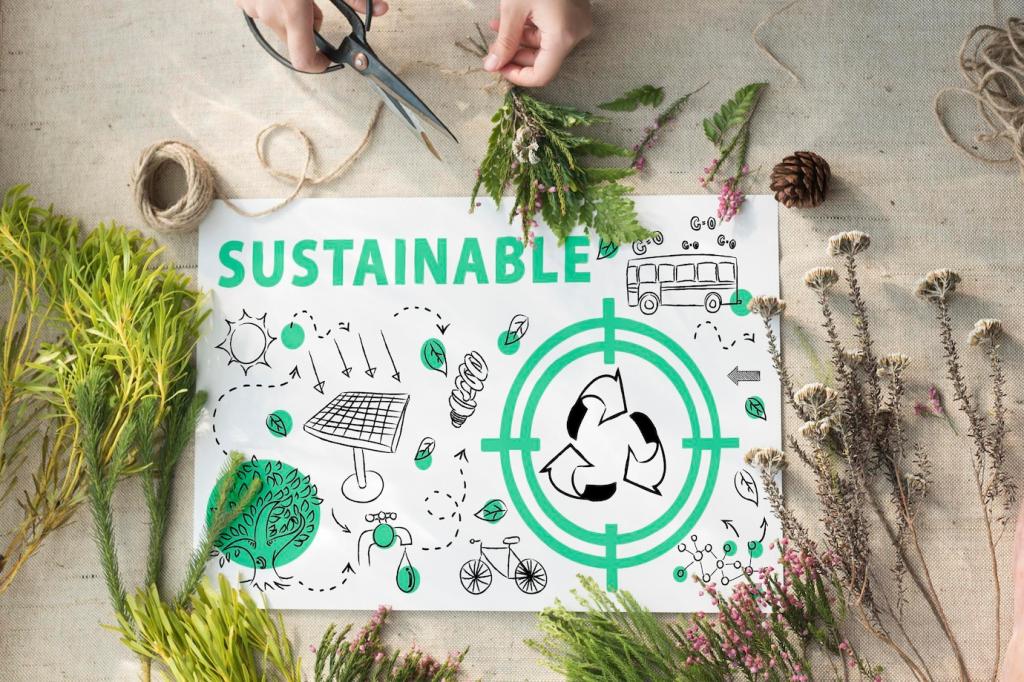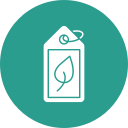
Pioneering Zero-Waste Fashion Startups to Discover
Today’s theme: Pioneering Zero-Waste Fashion Startups to Discover. Meet the labels rewriting fashion’s rules with pattern wizardry, circular materials, and take-back systems that actually close loops. Explore their stories, learn practical steps to support them, and subscribe to follow new discoveries, founder Q&As, and behind-the-scenes studio tours.
Inside the Zero-Waste Studio
Tetris-Like Patternmaking
Founders design patterns that interlock like puzzles, turning rectangles, triangles, and curves into full garments without scraps. Some create reversible panels and modular pockets to consume awkward remnants. Share in the comments: which technique surprises you most, and which brand deserves a spotlight next?
Prototyping Without the Pile
Instead of burning through fabric samples, teams rely on digital 3D draping, precise lay planning, and micro-runs tested with pre-orders. A small label told us their first year’s sampling waste fit in a single jar. Want a deep dive? Subscribe for our studio process breakdowns.
From Offcuts to Signature Details
When offcuts do appear, they become braided straps, patchwork linings, or woven trims that elevate a piece’s identity. One founder keeps labeled boxes by shape and size—her ‘palette’ for impromptu accents. Tell us: how would you style offcut details for daily wear?
Regenerated and Reclaimed
Think deadstock rescued from warehouses, regenerated nylon from industrial nets, and recycled wool spun into sturdy knits. Startups publish fabric origin maps so you can trace every meter. If transparency excites you, comment with brands you want us to map next.
Bio-Fabricated Futures
Labs and ateliers collaborate on bacterial cellulose, mycelium-based composites, and plant-derived coatings that reduce toxins and micro-shedding. Early adopters test durability through repair clubs, not landfills. Curious about care tips for these fabrics? Subscribe to receive our upcoming maintenance guide.


Take-Backs, Repair, and Reverse Logistics
Some startups embed QR codes linking to return portals and free shipping labels, offering credit for worn items. Returned pieces are cleaned, repaired, and re-listed or upcycled into limited editions. Would you participate? Tell us what incentives would make it irresistible.
Take-Backs, Repair, and Reverse Logistics
Hidden snaps replace glued seams, bar-tacks mark cut points, and components are color-coded for quick sorting. One label disassembles a jacket into five recyclable streams in under six minutes. Want a live demo tour? Subscribe and vote for the next brand we feature.
Founder Stories: Courage, Setbacks, Breakthroughs
One founder left a corporate role after watching mountains of cuttings bagged daily. Her first zero-waste dress looked odd—until customers loved the drape created by a previously discarded curve. Comment if you want us to interview her about that pivotal prototype.
A small team struggled when demand tripled; they refused to loosen cutting tolerances. They solved it by sharing graded pattern blocks open-source with partner factories. Want the template link when it goes public? Subscribe and we’ll send the toolkit the day it drops.
A brand invited volunteers to sort offcuts by shape, treating it like a design jam. The most frequent shapes informed a new accessory line that sold out, funding better lay-planning software. Have a community idea? Pitch it below and we’ll pass it along.

How to Support Zero-Waste Startups Today
Before buying, scan return policies, repair options, and material breakdowns. Choose timeless silhouettes with clear circular plans, then share honest feedback with the brand. Post your favorite zero-waste find in the comments and inspire someone else’s next purchase.
Measuring Impact Without Greenwash
What to Ask a Brand
Request cutting waste percentages, sample-to-production ratios, and a clear end-of-life pathway. Ask how returns are processed and what percentage is resold or upcycled. Drop your favorite transparency questions below; we’ll assemble them into a reader checklist.
Metrics That Matter
Useful indicators include grams of cutting waste per garment, repair turnaround times, mono-material adoption rates, and take-back participation. Startups publish quarterly dashboards so you can track progress over time. Want templates? Subscribe for our open metrics toolkit.
Transparent Storytelling
Rather than vague claims, founders show photos of cutting layouts, share missteps, and report when goals shift. This honesty builds loyalty and smarter iterations. Tell us: which brand’s transparency impressed you most, and what would you like them to improve next?
